Forming the foundation for a his latest album, Daniel Hope speaks to Davina Shum about encapsulating Irishness not only through traditional musical styles, but also through various genres within Ireland and beyond

Discover more Featured Stories like this in The Strad Playing Hub.
What does Irish music mean for you? Tell us a little bit about the pieces on your new album
The album has been decades in the making. It was a dream of mine to create an album that pays tribute to Irish music in Irish history, but I wasn’t entirely clear how that might ever materialise. I’ve always adored listening to Irish music, but there was a long time where I didn’t think I’d be bold enough to actually try it.
I met the band Lúnasa at the Savannah Music Festival almost 15 years ago. That opened up a whole new world to me, of this amazingly rich tradition of Irish fiddle playing, which was so different from my playing as a classical musician. Slowly but surely, I’ve found my footing over many years, eventually daring to play fiddle music in public and go on tour with Lúnasa.
At the same time, I was researching the history of music and classical music in Ireland, especially during the Baroque period. Dublin was the second most important musical metropole after London – some incredible composers passed through there, such as Handel and Scarlatti. So from this, an Irish heritage album slowly came together and I realised this was not going to be just about one aspect of Irish music, but more a broader sweep of what music has meant to Ireland.
Why have you chosen from such a breadth of repertoire? You’ve included not only traditional music, familiar works such as ‘Danny Boy’ but Vivaldi as well. How have you linked these repertoire choices?
During my research, I was fascinated to find out that the most famous piece of music in the 18th century was the particular A major concerto by Vivaldi, ‘L’estro armónico’. It was played everywhere and was so successful. They even used to play it in theatre productions when they were changing the sets. It was like the most raucous pop song of its time! And even though Vivaldi himself wasn’t in Dublin, his music was, and it was brought by a number of touring musicians who came there. Matthew Dolberg was one of them – he was the concertmaster under Handel, and he performed this piece constantly to the Irish audiences. At Trinity College in Dublin, we even found a slip jig by Vivaldi, which only exists in this one version! So there were clear signs that his music had a tremendous impact in Dublin in the 18th century.
From there, we started to look at other composers that were really shaping the musical world of Dublin – people like Kusser and Roseingrave that I’d never heard of, but during the research I discovered their music, their biographies and their amazing stories. I wanted to merge it into a musical mosaic of Ireland.
Speaking of unknown composers, can you tell us about Ina Boyle, whose work Phantasy for Violin and Chamber Orchestra features on the album? I imagine she’s a discovery for you, as well as for a lot of listeners
Ina Boyle is a fascinating late-19th century composer. She went to London to study with Vaughan Williams and her music is absolutely beautiful. She wrote in a very sweeping symphonic style at a time when women were not really emerging as composers. But she stuck to her guns – she wrote some fantastic music, which is only now really starting to be discovered.
We came across this one piece, which I just absolutely loved and the Ina Boyle Society had reached out to me and sent me a version of it. I realised that this was exactly the missing link that I was looking for, to connect the Irish folk music with the Baroque music and the historical.
There is also an enormous story of conflict in the history of Ireland. Ireland has been invaded by so many different people and its struggle for freedom and independence has been so much a part of the country’s DNA. So that was also something that went into the consolidation of the playlist. We included ‘Follow me up to Carlow,’ which is a soldiers’ protest son from the 17th century and is representative of the fighting spirit within Ireland. With an album, I love to tell a story – storytelling within Ireland is such an integral part of the culture, the people and its music, that I wanted to try and do it justice.
Storytelling within Ireland is such an integral part of the culture, the people and its music
It’s like a reflection of music in Ireland through the ages, but also an homage to your own heritage as well
It is. My great-grandfather came from Waterford, so we’ve included music from there too. In 2022, we made a film about Ireland and found my great-grandfather’s tiny little house, where he grew up (Celtic Dreams: Daniel Hope’s Hidden Irish History). Additionally, when we discovered the house, we found a memorial plaque for the Flanagan Brothers, a few doors down on a small back street. They were some of the most famous Irish musicians who emigrated to New York and went on to dominate the New York dance scene in the early 1920s. They made records which sold millions of copies. ‘The Redhead Boy’ is a tune that they made famous, which we’ve included as a tribute to Waterford, my great-grandfather and that little street where they came from.
There’s this idea that many Irish people left the country and didn’t return – as was the case with my great-grandfather – therefore the album title Irish Roots illustrates the essence of Ireland, which is reflected around the world. It’s why we even delved into Greek music, attracted by Ross Daly, an Irishman who left Ireland, lived in Greece for decades and has completely dominated Greek music with his own specific style. It’s an eclectic view of Ireland and the encapsulation of what Irishness can mean around the world.
Earlier, you mentioned your classical background before that significant meeting with Lúnasa at the Savannah Music Festival helped you dive into fiddle playing. Did folk and fiddle playing feature in your career beforehand or was it completely new to you?
It was both actually. I was incredibly lucky because my very first violin teacher, the amazing pedagogue Sheila Nelson, not only taught me how to play the violin, but also how to improvise, which was fairly radical in those days. She had this belief that music was about total immersion in the instrument itself and not just fixation on a score. The ability to improvise or go freestyle was an amazing gift she gave me, so I’ve always retained that. Early on, aged nine or ten, I had already started playing with folk musicians, whether it was gypsy fiddle players or Indian musicians.
Over the years and decades, I grew a lot in confidence in terms of ability and willingness to jump into hot water with musicians who didn’t play from notation and improvised in their own ways. Savannah was the game changer for me because it was my introduction to some of the greatest jazz musicians in the world. Slowly, I plucked up the courage to find a way to coexist with them musically, even though I could not claim to master any of those genres – but I knew enough about the other musicians and have enough goodwill and spontaneity to find common ground.
When it came to the Irish fiddle music, it kind of felt like I was coming home. I understood the structures, but then I had to listen to the articulation, as well as get around the bow hold, which is extremely different from classical. I had the greatest possible mentor in Seán Smyth, the fiddle player of Lúnasa. He’s an amazing musical tour de force. He was so gracious and patient with me. I spent a lot of time just listening, watching and trying. It was never about trying to complete the role to become an Irish fiddler, but more about the respectful way of sharing the music together.
If you’re lucky to be around those expert musicians who are good enough to adapt and let you also go your own way, the sky’s the limit. It’s wonderfully rewarding. You’re never going to replicate exactly what these musicians offer, but you can find a way of mutual respect that you will benefit from enormously – and if you’re lucky, your counterpart might do the same.
Daniel Hope’s album Irish Roots will be released on 5 July 2024 on Deutsche Grammophon
Read: Violinist Daniel Hope to take up leadership role at Gstaad Menuhin Festival & Academy
Watch: Danny Boy: violinist Daniel Hope celebrates St Patrick’s Day
Read more Featured Stories like this in The Strad Playing Hub
The number one source for playing and teaching books, guides, CDs, calendars and back issues of the magazine.
In The Best of Technique you’ll discover the top playing tips of the world’s leading string players and teachers. It’s packed full of exercises for students, plus examples from the standard repertoire to show you how to integrate the technique into your playing.
The Strad’s Masterclass series brings together the finest string players with some of the greatest string works ever written. Always one of our most popular sections, Masterclass has been an invaluable aid to aspiring soloists, chamber musicians and string teachers since the 1990s.
American collector David L. Fulton amassed one of the 20th century’s finest collections of stringed instruments. This year’s calendar pays tribute to some of these priceless treasures, including Yehudi Menuhin’s celebrated ‘Lord Wilton’ Guarneri, the Carlo Bergonzi once played by Fritz Kreisler, and four instruments by Antonio Stradivari.

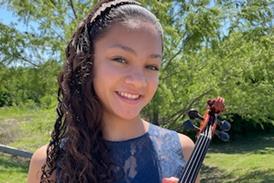

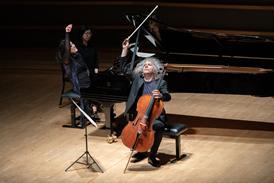

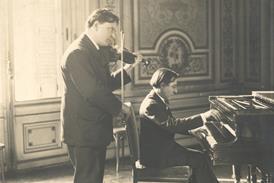
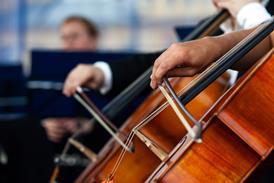

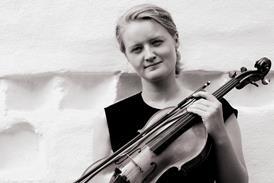
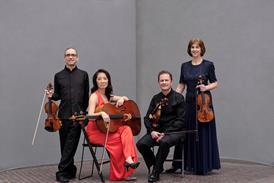
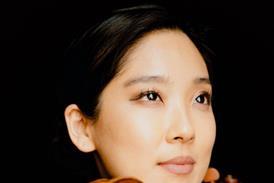



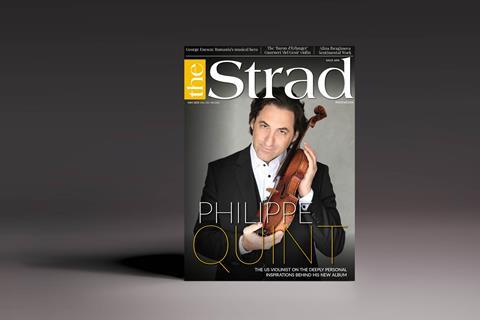




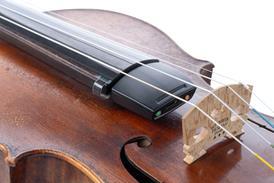
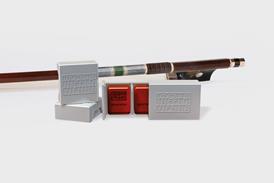
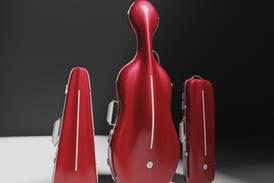















No comments yet